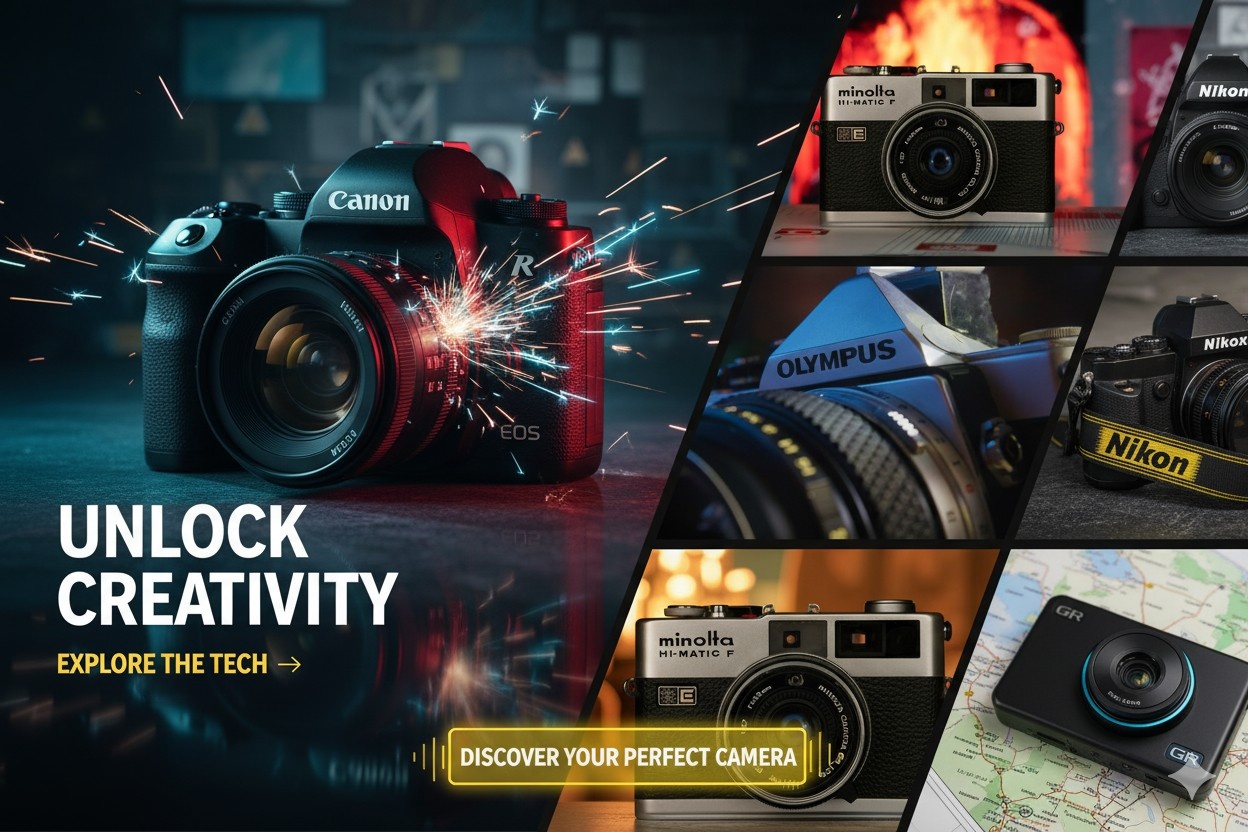Introduction
In a world dominated by digital screens, megapixels, and mirrorless sensors, film cameras continue to hold a timeless charm. Among them, the best point and shoot film camera remains one of the most beloved tools for photographers who value simplicity, portability, and the magic of analog photography. Whether you’re a beginner exploring film cameras for the first time or a seasoned pro looking for a compact backup, these cameras deliver creativity with minimal effort.
But why exactly are point-and-shoot film cameras still popular in 2025? The answer lies in their ability to blend convenience with artistry. They don’t intimidate beginners with endless settings, and they give experienced photographers the freedom to focus on storytelling. From vintage film cameras with cult status to affordable point and shoot film cameras perfect for students, the options are surprisingly rich.
In this guide, we’ll explore the best film cameras worth buying today, their pros and cons, a detailed comparison table, and practical buying advice. Along the way, we’ll also touch on related topics like how they compare to the best beginner mirrorless camera, and why many still choose film vs digital cameras.
Let’s dive into the world of compact, grain-loving classics.
Why Choose a Point and Shoot Film Camera?
Point and shoot film cameras aren’t just about nostalgia—they’re practical, fun, and surprisingly versatile.
- Simplicity: No complicated settings. Just load your film, point, and press the shutter.
- Portability: These are true compact film cameras, easily slipping into your pocket or bag.
- Creativity with Constraints: A fixed lens forces you to think more about composition.
- Unique Look: Film grain, light leaks, and older optics produce images with character digital cameras struggle to replicate.
- Beginner-Friendly: Ideal as a starter for anyone intimidated by manual controls.
That’s why even in the age of the best mirrorless camera for beginners, people still reach for a trusty point-and-shoot.
The Best Point and Shoot Film Cameras in 2025
Here are the models that stand out today, each with unique strengths:
1. Contax T2 / T3
- Why it’s great: Legendary Carl Zeiss T* lens for razor-sharp photos.
- Best for: Enthusiasts and collectors wanting premium optics.
- Pros: Compact, stylish, amazing image quality.
- Cons: Expensive in the used market, delicate electronics.
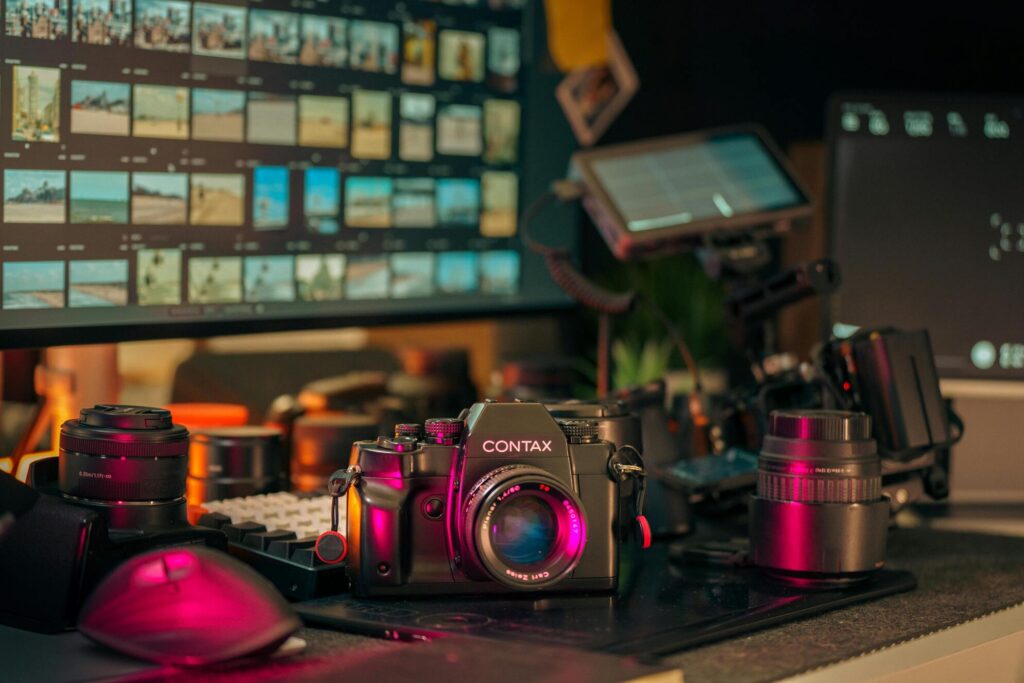
2. Ricoh GR1 / GR1v
- Why it’s great: Superb wide lens, loved by street photographers.
- Best for: Travelers and minimalists.
- Pros: Pocket-sized, excellent sharpness.
- Cons: Electronics prone to failure, limited availability.
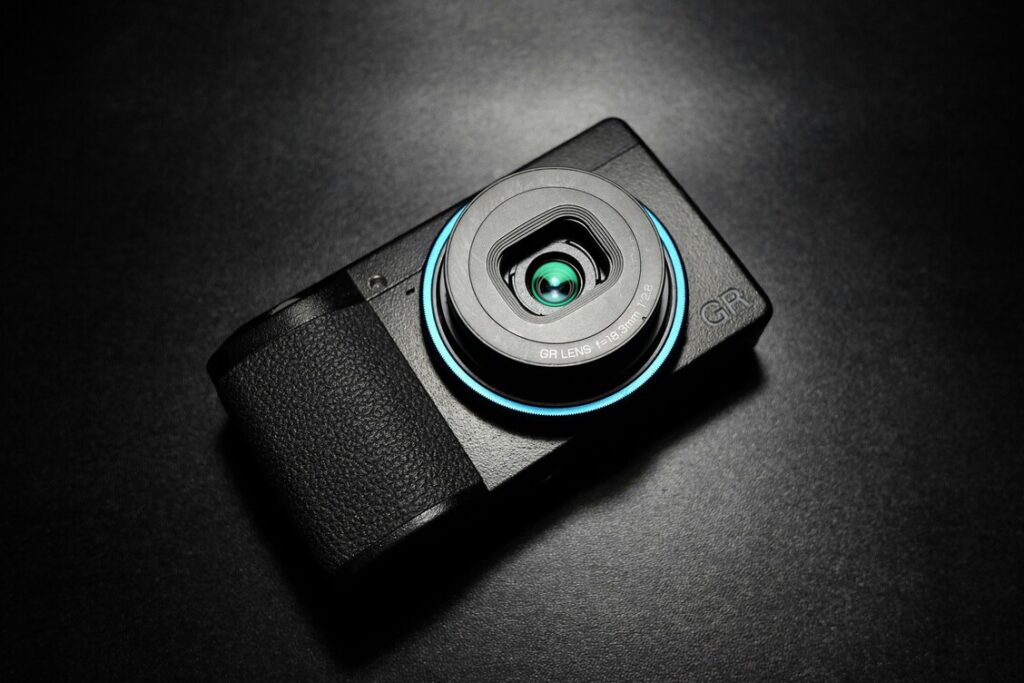
3. Olympus Stylus Epic
- Why it’s great: Affordable, weatherproof, and tiny.
- Best for: Beginners and casual shooters.
- Pros: Sharp 35mm lens, reliable, easy to find.
- Cons: Autofocus can hunt in low light.
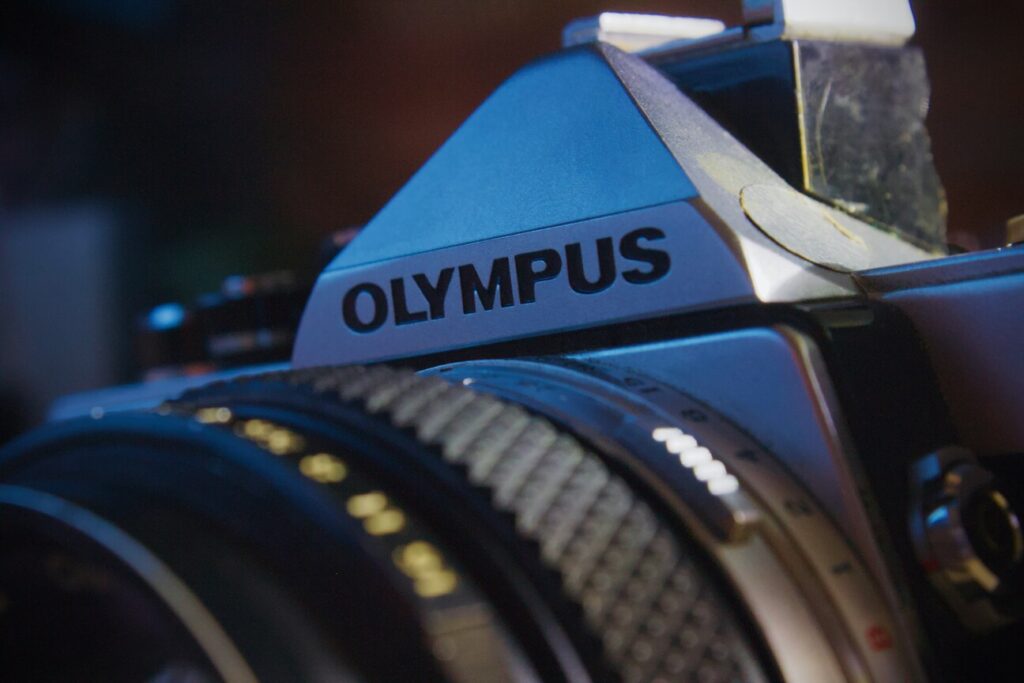
4. Yashica T4 / T5
- Why it’s great: Carl Zeiss Tessar lens with vivid rendering.
- Best for: Street and portrait photographers.
- Pros: Beautiful image character, simple controls.
- Cons: Prices inflated due to cult reputation.
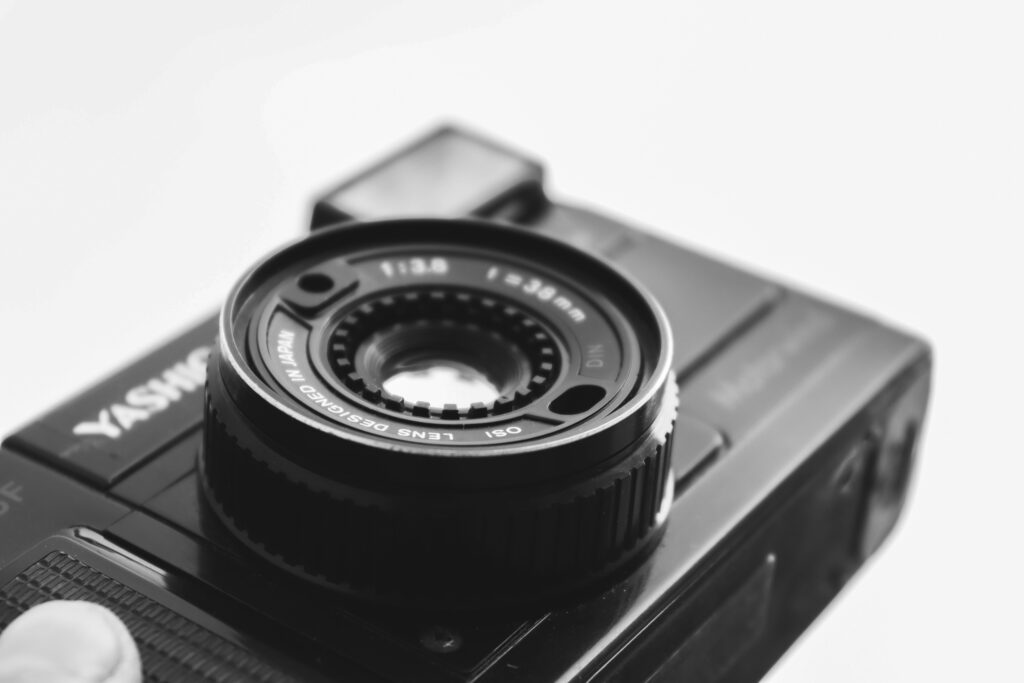
5. Minolta TC-1
- Why it’s great: A luxury titanium compact with unbeatable optics.
- Best for: Collectors and serious shooters.
- Pros: Incredible lens sharpness, compact titanium body.
- Cons: Very expensive, rare.
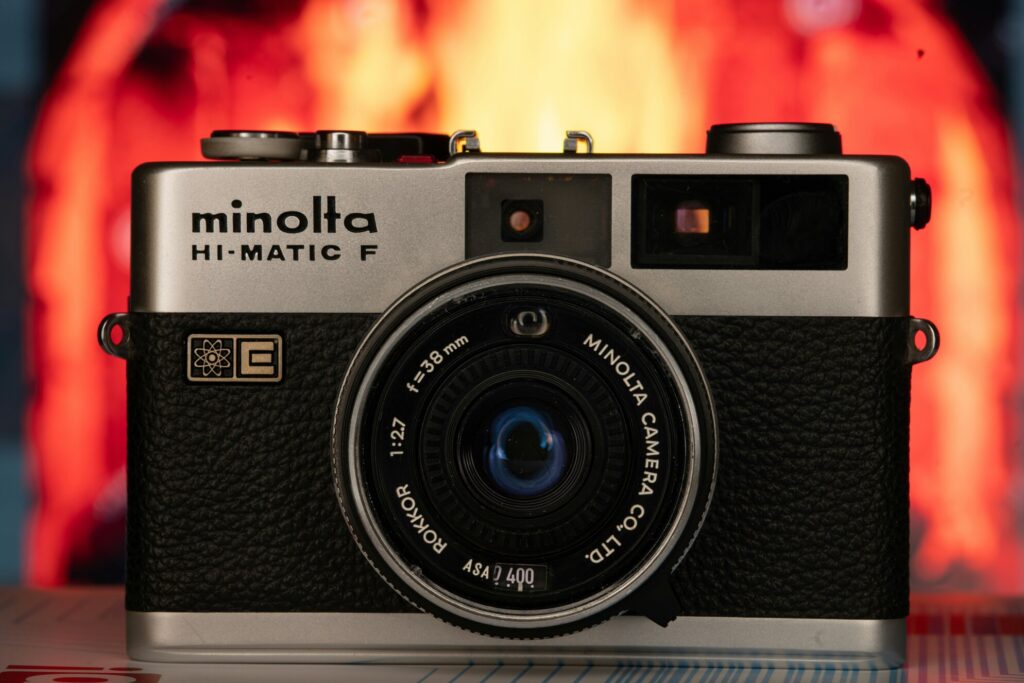
6. Nikon 35Ti / 28Ti
- Why it’s great: Premium build with a top-plate analog display.
- Best for: Enthusiasts who like tactile controls.
- Pros: Stunning lenses, classy design.
- Cons: Heavier than plastic compacts.
- Reference is here
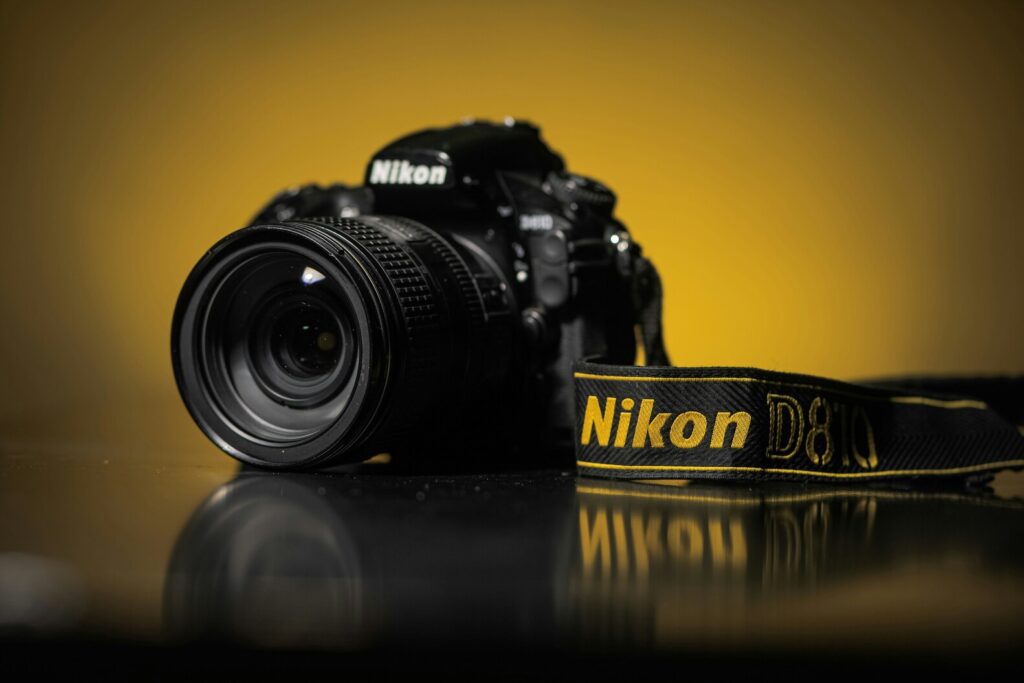
7. Canon Sure Shot / Autoboy Series
- Why it’s great: Reliable, affordable, and widely available.
- Best for: Beginners on a budget.
- Pros: Easy to find, versatile zoom options.
- Cons: Lens quality varies across models.
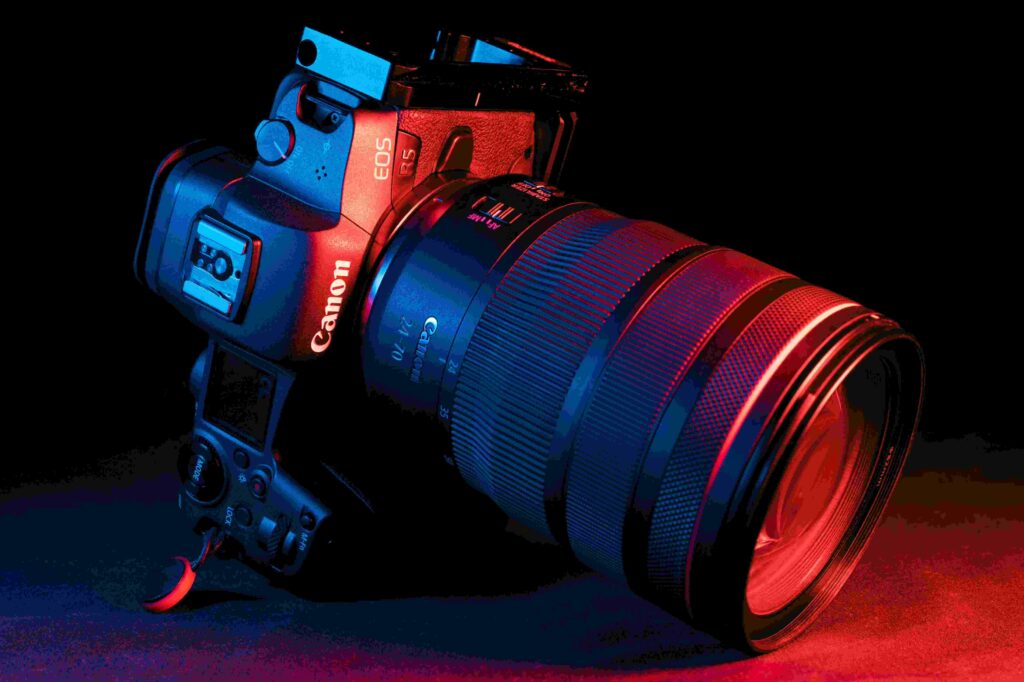
8. Pentax Espio / IQZoom Series
- Why it’s great: Budget-friendly zoom compacts.
- Best for: Students or casual users.
- Pros: Flexible zoom lenses, affordable.
- Cons: Not as sharp as premium models.
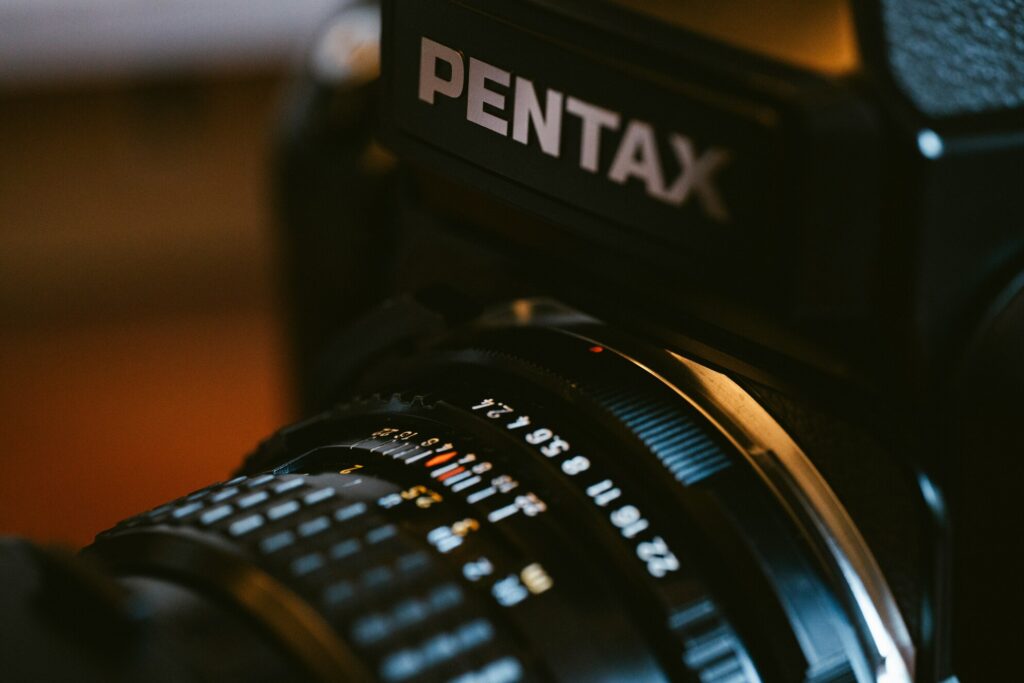
Pros & Cons of Point and Shoot Film Cameras
✅ Pros
- Easy to use — great for beginners.
- Portable and discreet.
- Unique film character (grain, tones).
- Affordable entry-level models available.
- Great for street and travel photography.
❌ Cons
- Limited manual controls.
- Some models use hard-to-find batteries.
- Premium models can be overpriced.
- Electronics may fail due to age.
- Fixed lens = no flexibility.
Comparison Table — Best Point and Shoot Film Cameras
| Camera Model | Lens | Strengths | Best Use Case | Price (Used) |
| Contax T2/T3 | 35mm Zeiss | Razor-sharp, premium | Portraits, travel | $$$$ |
| Ricoh GR1/GR1v | 28mm wide | Compact, sharp | Street, travel | $$$ |
| Olympus Mju II | 35mm | Affordable, weatherproof | Everyday use | $$ |
| Yashica T4/T5 | 35mm Zeiss Tessar | Beautiful rendering | Street, casual | $$$ |
| Minolta TC-1 | 28mm | Titanium body, luxury optics | Collectors | $$$$ |
| Nikon 35Ti/28Ti | 35/28mm | Premium build, display | Enthusiasts | $$$ |
| Canon Sure Shot | Varies | Reliable, cheap | Beginners | $ |
| Pentax Espio Series | Zoom | Budget-friendly zoom | Students | $ |
FAQs — Best Point and Shoot Film Camera
Q1: What’s the single best point and shoot film camera?
There’s no one-size-fits-all answer. The Contax T2 is the best for premium quality, the Olympus Mju II is best for beginners, and the Ricoh GR1 is ideal for street photographers.
Q2: Are point-and-shoot film cameras good for beginners?
Yes! They’re among the best film cameras for beginners. Just load film and shoot—no confusing settings.
Q3: Can I still get film developed in 2025?
Absolutely. Many labs still process film, and there are even mail-in services.
Q4: How do they compare to digital?
Film offers a unique, analog aesthetic. Digital (like the best beginner mirrorless camera) offers speed and flexibility. Many photographers use both.
Q5: Why are some models so expensive?
Cult status, scarcity, and premium lenses (like Zeiss optics) drive up prices on certain models like the Contax T2.
Q6: Are there affordable point-and-shoot film cameras?
Yes—Canon Sure Shot and Pentax Espio models are often under $100, making them great for starters.
You Can See here camera phone
Conclusion & Buying Advice
Choosing the best point and shoot film camera comes down to your budget and shooting style:
- For value: The Olympus Stylus Epic (Mju II) is small, sharp, and affordable.
- For premium results: The Contax T2/T3 or Ricoh GR1 deliver stunning image quality.
- For budget users: Look at Canon Sure Shot or Pentax Espio models.
Buying Checklist:
- ✅ Inspect the lens for scratches or fungus.
- ✅ Test the autofocus and shutter.
- ✅ Confirm battery type availability.
- ✅ Budget for film + developing costs.
Point-and-shoot film cameras bring back the joy of photography by focusing on the moment, not the menu. Whether you’re exploring film vs digital cameras, starting with film cameras for beginners, or expanding your collection of analog photography gear, there’s a model out there for you.

